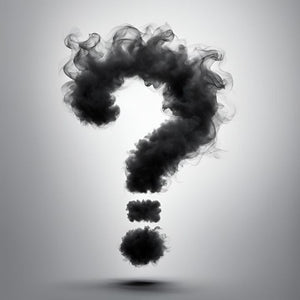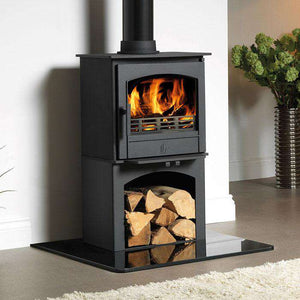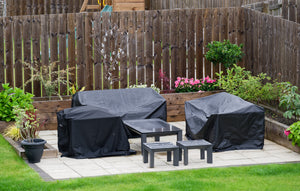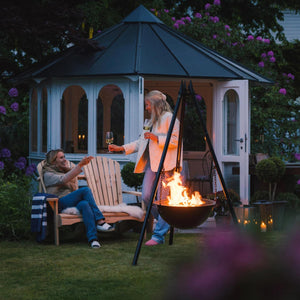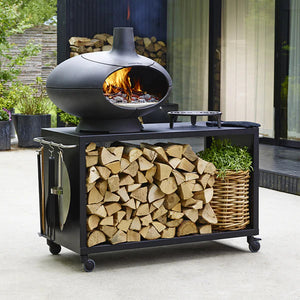10 Things You Should Never Burn In Your Stove Or Fireplace
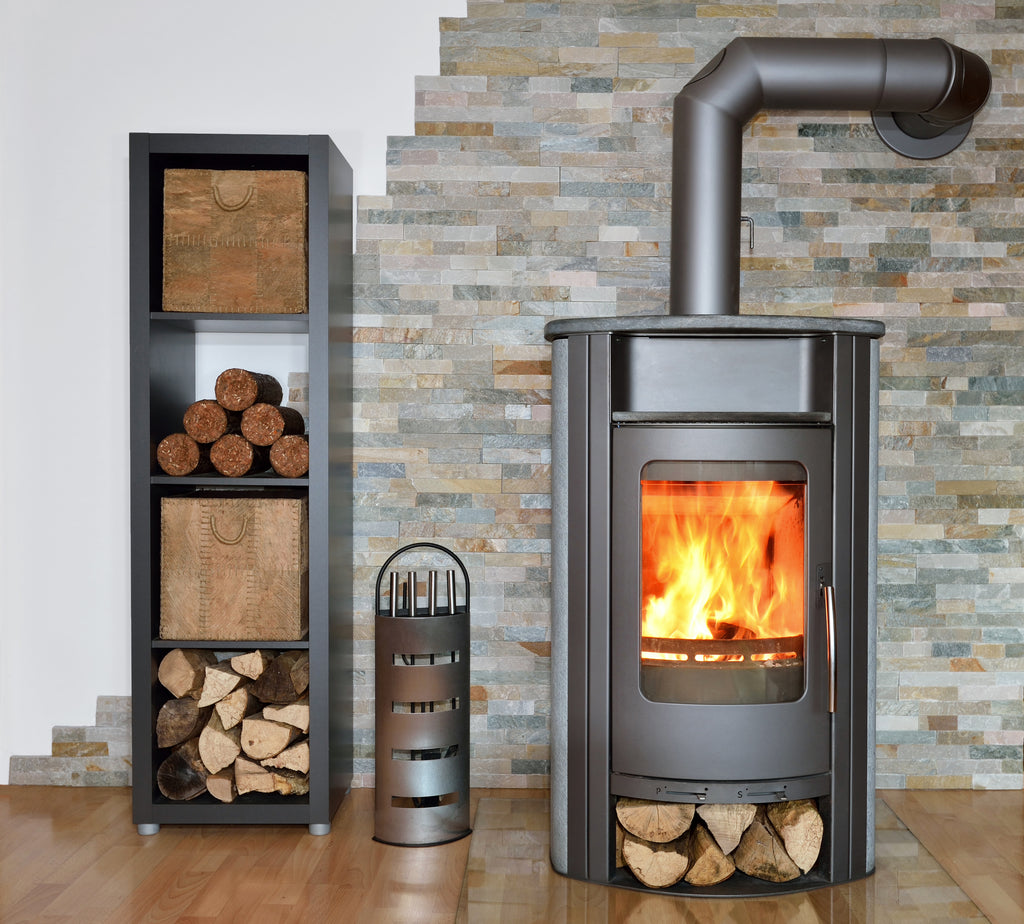
As you look ahead to the colder months, you’re probably daydreaming of cosy nights spent by the fireplace as you throw on another piece of kindling. The thing is, if you’re not careful about the kind of fuel you use in your fireplace or wood-burning stove, this can quickly spell disaster - in terms of the equipment and your health.
As much as it might seem like anything that burns is good to go – especially if you’re using a multi-fuel stove - some materials are a big no-no when it comes to keeping to proper stove care and fireplace safety. Take our safe stove advice and never use the following fuels on your fire...
1. Wet wood – wood with a moisture content higher than 20% is inappropriate fuel as it creates high creosote levels which can affect your stove’s overall efficiency and even risk chimney fires. For reference, most wet or unseasoned wood can contain up to 45% water! Wood moisture levels can be measured using a Wood Moisture Meter.
2. Plastic – it should go without saying that burning plastic will release noxious gas into the air and the effects of this are much worse when experienced in the confines of your home. Burning even small amounts of plastic in your fireplace releases a blend of sulphur dioxide, heavy metals, and other harmful materials into the atmosphere.
3. Softwood – softwood creates a lot of smoke which coats your chimney with a layer of soot and this can cause damage in the long run. It also burns fast so it won’t provide an efficient roaring fire.
4. Christmas trees – the evergreen wood of Christmas trees are treated with high levels of resin and other chemicals which can pop as they burn, releasing pollutants into the air. Burning these can also run the risk of starting chimney fires.
5. Colour printed paper – plain black and white newspaper is good for starting fires, but the ink in coloured print on paper, magazines, gift wrap etc can release carcinogenic gases when burned.
6. Painted/treated lumber – any wood that has been painted or treated with all manner of chemicals will release harmful toxins into the atmosphere. These foreign chemicals bubble as they burn and release a toxic aroma into your home.
7. Plywood, chipboard or cardboard – since each of these materials may be treated with various chemicals and ink in the manufacturing process, you can’t be sure of the carcinogens and toxic fumes you are releasing into your home when they burn.
8. Driftwood – the high levels of both moisture and salt makes driftwood a harmful choice of kindling. When burned, the salt particles become corrosive – compromising your stove safety and efficiency in future use. It can also release toxic chemicals when burned, according to the EPA.
9. Liquid fire starters – it’s always safest to opt for the traditional method when starting a fire in your stove or fireplace. Unnatural liquid fire starters such as kerosene or grill starter fluid can accelerate the fire to dangerously high temperatures and risk damaging your chimney.
10. Household waste – household stoves weren’t designed to be incinerators, so think twice before binning rubbish into them. Empty wrappers, containers and other waste can release a whole soup of poisonous fumes into the atmosphere.
For more advice on stoves and stove safety, read our other blogs or give us a call on 01226 816 051.
- Jonny Turner


